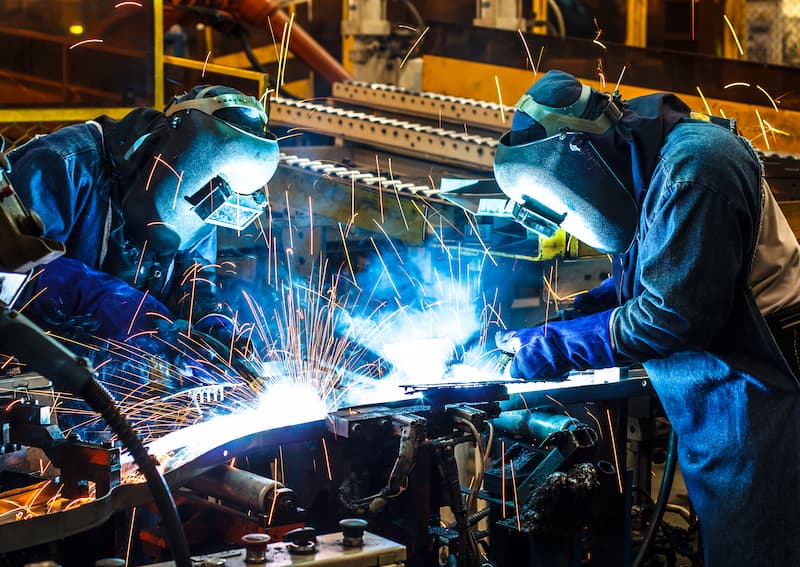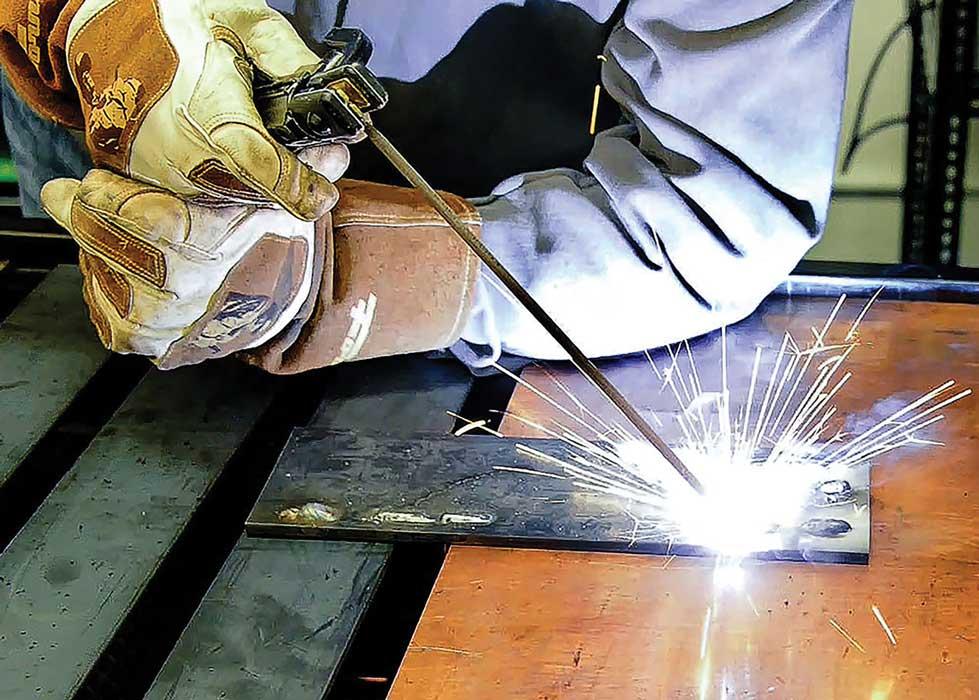The Relevance of Welding WPS: Making Certain Top Quality and Security in Your Projects
The Relevance of Welding WPS: Making Certain Top Quality and Security in Your Projects
Blog Article
The Ultimate Overview to Welding WPS Procedures: An Extensive Overview for Welders
In the complex globe of welding, Welding Treatment Requirements (WPS) serve as the backbone of making certain quality, consistency, and safety and security in welding procedures (welding WPS). As we dive right into the numerous components of a WPS and explore the intricacies of qualification and qualification, we will uncover the crucial role these treatments play in the world of welding.
Importance of WPS Procedures
Understanding the value of Welding Treatment Requirements (WPS) procedures is important for making certain the top quality and stability of bonded structures. WPS procedures act as a roadmap for welders, describing the necessary steps, parameters, and materials required to accomplish a sound weld. By sticking to WPS guidelines, welders can make sure consistency in their job, bring about reliable and structurally sound welds.
One of the key reasons why WPS procedures are essential is their function in keeping weld quality and honesty. Adhering to the specified welding parameters and techniques laid out in the WPS helps prevent problems such as porosity, splitting, or incomplete combination, which can jeopardize the toughness and toughness of the weld.

Parts of a WPS
A Welding Procedure Spec (WPS) generally consists of crucial parts that detail the particular requirements for executing a weld, ensuring uniformity and top quality in the welding process. The key elements of a WPS consist of vital variables such as base metals, filler steels, preheat and interpass temperature levels, welding processes, securing gases, welding placements, and post-weld warmth therapy needs.
Base steels refer to the products being signed up with, while filler metals are used to fill up the void in between the base metals during welding. The welding process details the certain strategy to be made use of, whether it's gas steel arc welding (GMAW), protected metal arc welding (SMAW), or an additional method. Welding placements specify the orientations in which welding can be carried out.

Credentials and Accreditation
Having actually developed the essential parts of a Welding Procedure Requirements (WPS), the focus currently changes towards the important facets of qualification and accreditation in welding practices.

Accreditation, on the various other hand, is the formal recognition of a welder's certifications by an appropriate qualification body or company. Welding qualifications are usually based on the particular welding processes, products, and settings a welder is here qualified to deal with. Holding a legitimate welding certification demonstrates that a welder satisfies market criteria and is experienced to do welding tasks to the called for requirements.
Producing a WPS
To develop a Welding Procedure Requirements (WPS) that satisfies sector criteria, cautious factor to consider of welding procedures, materials, and functional criteria is important (welding WPS). The very first step in creating a WPS is to recognize the welding procedure to be made use of, such as gas steel arc welding (GMAW) or protected steel arc welding (SMAW) As soon as the welding process is figured out, the next crucial element is choosing the ideal materials, taking into consideration factors like base metal type, thickness, and joint style. Operational parameters such as welding current, voltage, travel speed, and securing gas structure have to likewise be carefully defined in the WPS.

Implementing and Keeping Track Of WPS
Upon settling the comprehensive Welding Procedure Specification (WPS) that thoroughly details welding procedures, products, functional criteria, and top quality assurance steps, the emphasis shifts to properly executing and monitoring the established treatments. Execution involves guaranteeing that all welders entailed in the job are familiar with the WPS and follow it meticulously throughout the welding process. This calls for giving appropriate website here training and guidance to guarantee adherence to the defined procedures. Keeping an eye on the WPS involves continual oversight to verify that welding tasks straighten with the documented specs. Assessments, testing, and quality assurance measures are crucial elements of the surveillance procedure to recognize any type of concerns or deviations immediately. Normal audits and evaluations of the welding procedures help in preserving uniformity and high quality throughout the task. Efficient execution and monitoring of the WPS are crucial for making certain the stability, toughness, and safety of the welded joints, eventually contributing to the overall success of the welding task.
Conclusion
Finally, understanding and complying with Welding Treatment Specifications (WPS) is crucial for welders to ensure high quality, consistency, and security in their work. By understanding the elements of a WPS, acquiring correct certifications and qualifications, developing in-depth treatments, and executing and checking them properly, welders can improve their abilities and proficiency in welding practices. Following WPS procedures is vital for generating premium welds and meeting her response market standards.
In the intricate world of welding, Welding Procedure Specifications (WPS) offer as the foundation of ensuring quality, uniformity, and security in welding procedures. The welding procedure lays out the specific technique to be utilized, whether it's gas steel arc welding (GMAW), secured steel arc welding (SMAW), or one more method.To establish a Welding Treatment Specification (WPS) that meets market criteria, mindful consideration of welding processes, products, and operational specifications is crucial. The initial step in producing a WPS is to determine the welding procedure to be utilized, such as gas metal arc welding (GMAW) or secured metal arc welding (SMAW)Upon finalizing the extensive Welding Procedure Requirements (WPS) that thoroughly details welding processes, products, operational parameters, and high quality assurance actions, the emphasis shifts to successfully applying and keeping track of the established procedures.
Report this page